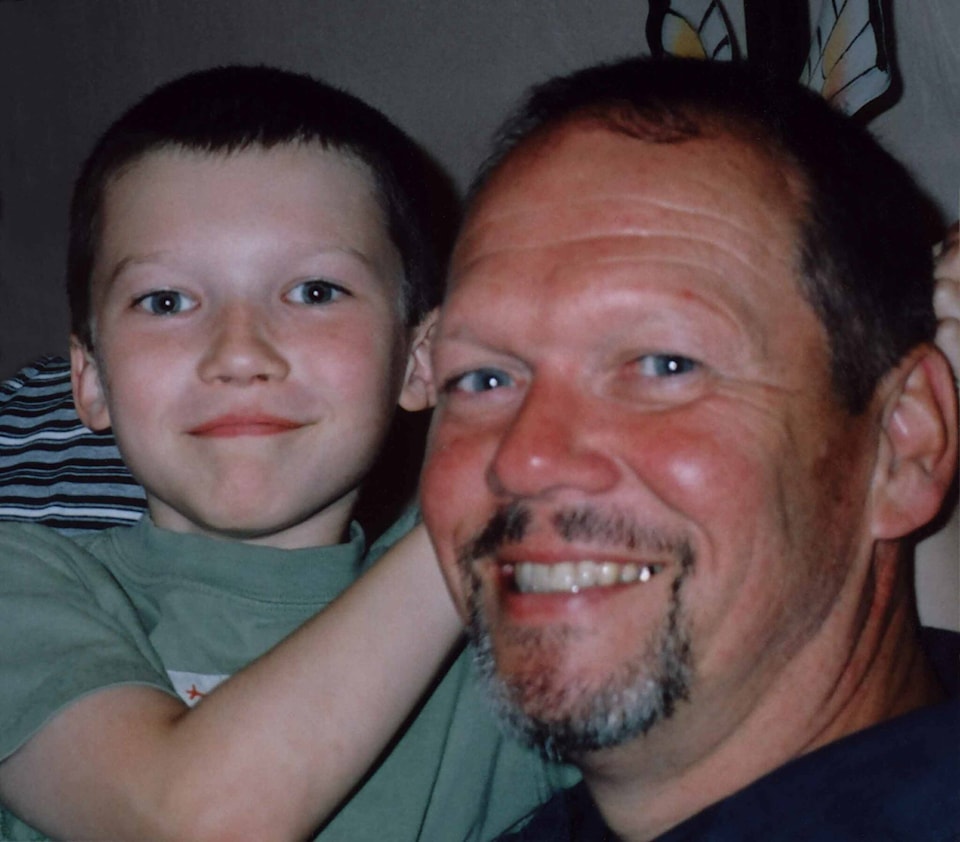As the story goes, more than 400 people attended the celebration of life held in 2015 for Timothy Henderson.
Timothy died at 17, two days after being released from psychiatric care at Stanton Territorial Hospital. It was the second time he’d self-admitted with mental health issues, the first time a year earlier in Edmonton while he was attended post-secondary.
He was in the second term of the first year of a music degree when he self-admitted to that Edmonton hospital in a suicidal state.
His parents remain furious with the healthcare system. They say their son, who apparently had a great ear and big-time potential according to at least one of his professors, was deteriorating mentally and emotionally despite doing everything in his power to try to get better.
Diagnosed with Asperger’s syndrome and ADHD, he was bullied at school. His father, Ian, said despite the success he saw at school, early bullying conditioned him to have a negative inner-monologue.
“Unfortunately, he never believed the accolades, praise or credits coming his way and was extremely hard on himself.”
Ian said he found “thousands” of messages between Timothy and his friends when he looked on his son’s Facebook account after his death. He said they were trying to counsel each other because they couldn’t access the professional services they needed.
When Timothy returned to Yellowknife from Edmonton after medically withdrawing from his studies, he intended to get well and return to finish his degree with his best foot forward. But he couldn’t make any progress with a “revolving door of locums unqualified and not authorized to prescribe medication.”
This is a timely account on the occasion of Pink Shirt Day, launched in 2007 as an anti-bullying movement. But what has changed since Timothy left us?
The MLAs of the 19th Legislative Assembly of the Northwest Territories have been talking about mental health supports in the territory since they took office in October 2019. Katrina Nokleby, who represents the Yellowknife district of Great Slave, receives “horror stories” through social media about access to mental health services.
It is well established that the Northwest Territories suffers among the worst rates of suicide and violence in the country. And yet, the GNWT’s latest budget, tabled in the House Feb. 22, has just $882,000 in new spending for mental health and $750,000 for community-based addictions and aftercare.
The Arctic Energy Alliance, by comparison, will be receiving $4.67 million - almost three times that total - for “low carbon leadership funds.”
But what is being spent to prepare for the students destined to attend the new Aurora College Polytechnic University? Will those that need to access mental health services while they study get caught in the same revolving door Timothy did?
Low carbon leadership may sound snappy on a compostable, mostly recycled pamphlet, but as we emerge from the pandemic, there are other priorities, namely, the mental health pandemic that chief public health officer Dr. Kami Kandola aptly predicted would be the next healthcare crisis in the NWT. What we need more of here is high quality care for young people.
